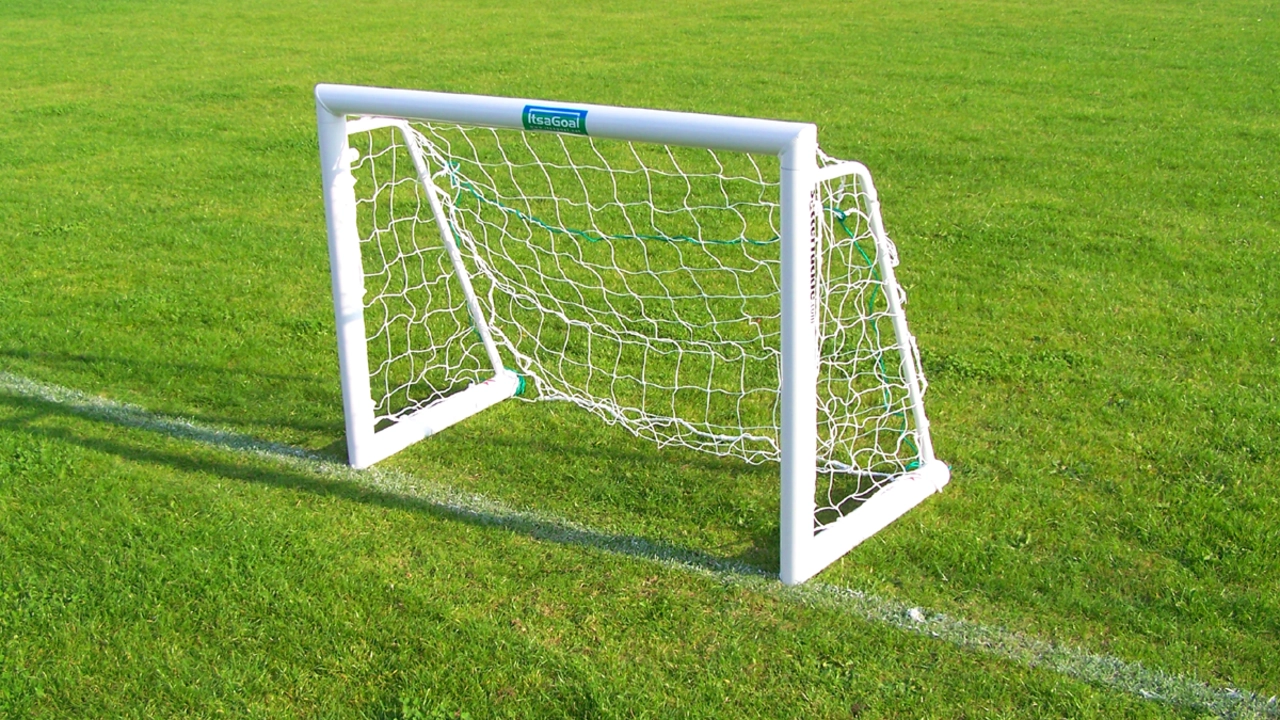Goal Differential – The Hidden Scoreboard in Soccer
Ever wonder why a team with the same points as another can sit higher in the table? The answer often lies in goal differential, also called goal difference. It’s a simple math trick that tells who’s scoring more and conceding less over a season. Let’s break it down in plain English.
How Goal Differential Is Calculated
Take the total number of goals your team scores and subtract the total number you let in. If you’ve scored 45 and let in 30, your goal differential is +15. A negative number means you’ve given up more than you’ve scored. Leagues use this number as the first tie‑breaker when points are equal, so a good GD can be a secret weapon.
Most major leagues, including the Premier League and MLS, follow this rule. It’s also common in cup groups and international tournaments. The higher your GD, the better your chances of staying up or grabbing a European spot. That’s why you’ll see headlines like “Team X climbs the table on a +20 goal differential.”
Using Goal Differential to Your Advantage
Want to improve your GD? Score more goals and tighten up defensively. It’s not just about big wins; a 2‑1 victory adds +1 to your differential, while a 4‑0 blowout adds +4. Consistently limiting opponents to few goals can make a huge difference over 38 games.
Set‑piece routines, quick counter‑attacks, and pressing high can generate extra goals without risking your defense. On the flip side, solid organization, keeping a clean sheet, and protecting the backline keep the “goals against” number low. Both sides of the equation matter.
Follow match updates on Soccer Passion Hub to spot trends. If a team’s GD is slipping, you’ll often see defensive lapses or missed scoring chances highlighted in our analysis. That insight helps you predict whether a team can bounce back or keep sliding.
Coaches also use GD when planning rotations. If a match matters more for goal difference than points, you might see a more attacking lineup. Knowing the GD battle adds another layer to your fan experience and makes every goal feel more valuable.
Tracking your favorite team’s GD week by week is easy. Write down goals scored and conceded after each match, then update the total. A quick spreadsheet or a note on your phone does the trick. Watching the number climb can be as exciting as a league title race.
Bottom line: goal differential isn’t just a statistic; it’s a strategic factor that can decide promotion, relegation, and European spots. Keep an eye on it, cheer for extra goals, and appreciate solid defending. The next time you check the table, you’ll understand why a +10 GD feels better than a +5, even if both teams have the same points.

In soccer, goal differential is a critical term that's calculated simply by subtracting the total number of goals a team has conceded from the total number they've scored. It serves as a key tiebreaker in league standings, giving us a clear picture of a team's defensive and offensive capabilities. If a team's goal differential is positive, it means they've scored more than they've conceded, which is always a good sign. On the other hand, a negative differential suggests the opposite. It's a simple yet effective way to measure a team's performance over a season.
Read more
